Hearing and Sound Worksheets
Are you a teacher or parent in search of engaging and educational resources to teach your students about hearing and sound? Look no further! We have a collection of carefully curated worksheets that focus on these topics, specifically designed for elementary and middle school students. These worksheets will help students explore the concept of sound, learn about the different parts of the ear, understand how sound travels, and much more.
Table of Images 👆
More Other Worksheets
Kindergarten Worksheet My RoomSpanish Verb Worksheets
Cooking Vocabulary Worksheet
DNA Code Worksheet
Meiosis Worksheet Answer Key
Art Handouts and Worksheets
7 Elements of Art Worksheets
All Amendment Worksheet
Symmetry Art Worksheets
Daily Meal Planning Worksheet
What is sound?
Sound is a vibration that travels through a medium, such as air or water, as a wave. It is created when an object vibrates, causing the surrounding air particles to also vibrate and transmit the sound energy to our ears. Our ears then interpret these vibrations as sound, allowing us to hear different pitches, frequencies, and volumes.
How does sound travel?
Sound travels in the form of waves through a medium, such as air, water, or solids. When an object vibrates, it creates sound waves that move outward in all directions. These waves cause particles in the medium to oscillate back and forth, transmitting the sound energy. The speed of sound varies depending on the medium it's traveling through, with sound waves moving faster through solids than through liquids, and faster through liquids than through gases like air.
What is the unit of measurement for sound?
The unit of measurement for sound is the decibel (dB), which quantifies the intensity or loudness of sound.
What is the difference between pitch and volume?
Pitch refers to the highness or lowness of a sound frequency, while volume, also known as amplitude, is the loudness or softness of a sound. Pitch is determined by the frequency of the sound wave, with high frequencies producing higher pitches and low frequencies producing lower pitches. Volume, on the other hand, is determined by the intensity or strength of the sound wave, with higher amplitudes producing louder sounds and lower amplitudes producing softer sounds.
How does the ear work to detect sound?
The ear detects sound through a process that involves the outer ear collecting sound waves and directing them into the ear canal, where they vibrate the eardrum. The eardrum then transmits these vibrations to the three tiny bones in the middle ear, which amplify and transmit the sound waves to the cochlea in the inner ear. Within the cochlea, hair cells convert these vibrations into electrical signals that are sent to the brain via the auditory nerve, where they are interpreted as sound.
What is the role of the eardrum in hearing?
The eardrum, also known as the tympanic membrane, plays a crucial role in hearing by capturing sound waves and transforming them into vibrations. These vibrations are then transmitted through the middle ear bones and into the cochlea, where they are converted into electrical signals that are interpreted by the brain as sound. Essentially, the eardrum acts as a barrier that separates the outer ear from the middle ear and helps to amplify and transmit sound waves to be processed by the auditory system.
What are the three tiny bones in the middle ear called?
The three tiny bones in the middle ear are called the malleus, incus, and stapes, also known as the hammer, anvil, and stirrup respectively.
How does hearing loss occur?
Hearing loss can occur due to various factors such as aging, exposure to loud noises, infections, genetics, ototoxic medications, head injuries, or certain medical conditions. Damage to the sensitive hair cells in the inner ear, the auditory nerve, or the ear canal can result in hearing loss, affecting the ability to detect sounds and understand speech. It is important to protect your ears from loud noises and seek medical advice if you notice any changes in your hearing to prevent further damage.
What are some common causes of hearing damage?
Common causes of hearing damage include exposure to loud noises, aging, genetics, certain medications, infections or illnesses, head trauma, and ototoxic chemicals. Prolonged exposure to loud noises, such as from heavy machinery, music concerts, or firearms, is one of the leading causes of hearing loss. It is important to protect your ears from these potential sources of harm to prevent permanent damage to your hearing.
How can we protect our hearing?
To protect our hearing, it is important to avoid exposure to loud noises for extended periods of time. Use ear protection, such as earplugs or earmuffs, when in loud environments such as concerts or construction sites. Be mindful of volume levels when listening to music or watching TV, and take breaks to give your ears a rest. Regularly monitor your hearing health and seek medical attention if you notice any changes in your hearing.
Have something to share?
Who is Worksheeto?
At Worksheeto, we are committed to delivering an extensive and varied portfolio of superior quality worksheets, designed to address the educational demands of students, educators, and parents.

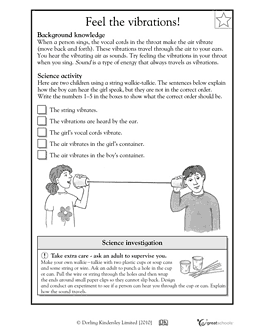



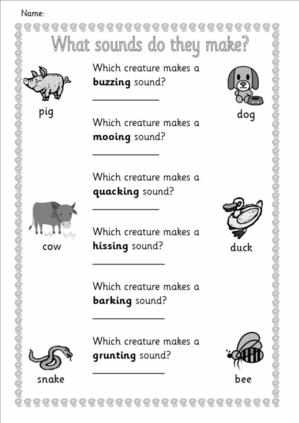
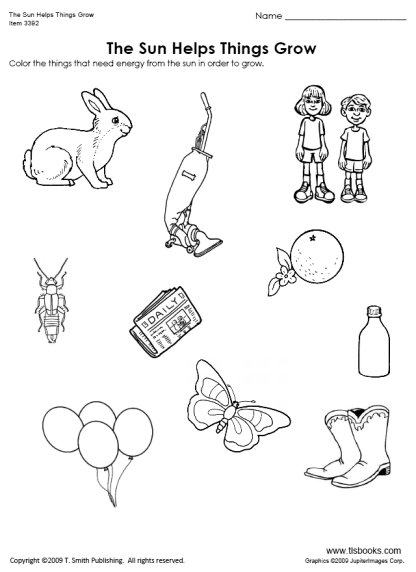
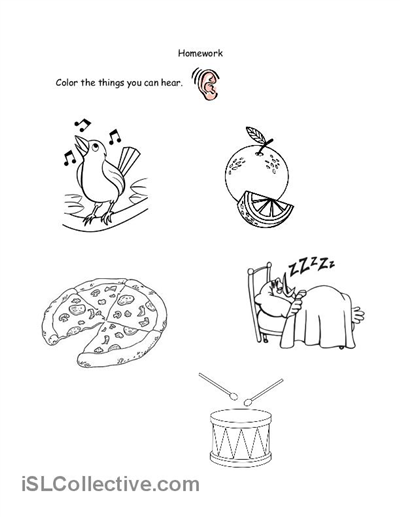
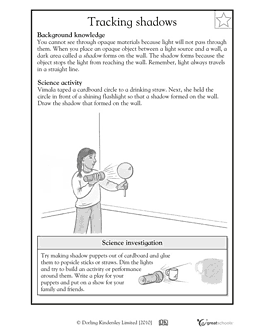
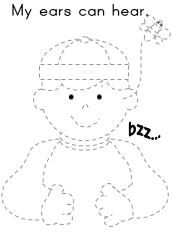
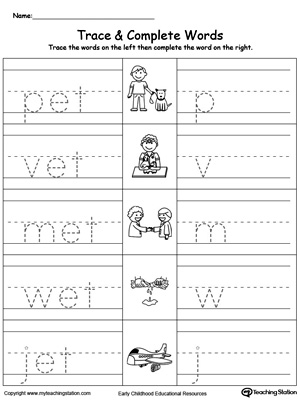
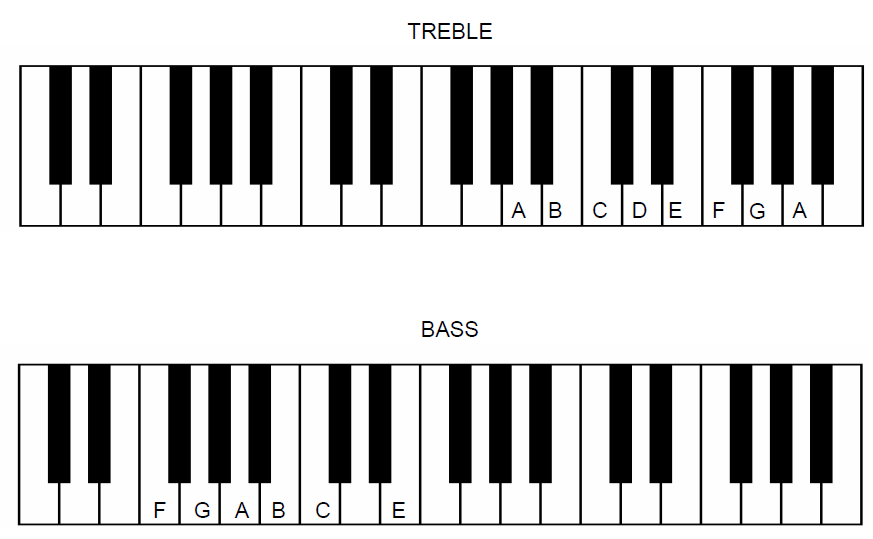
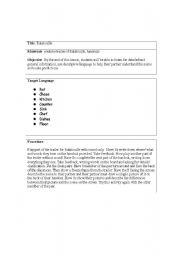
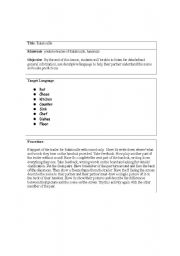
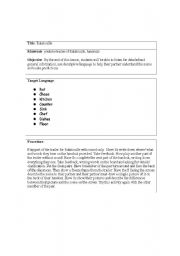
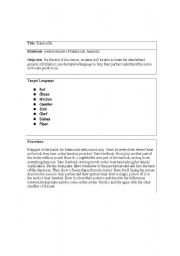
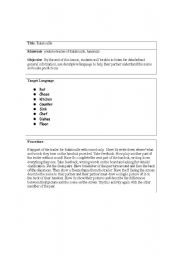














Comments